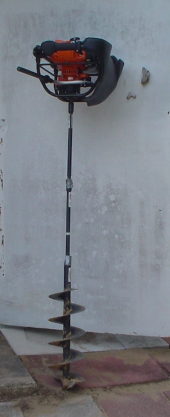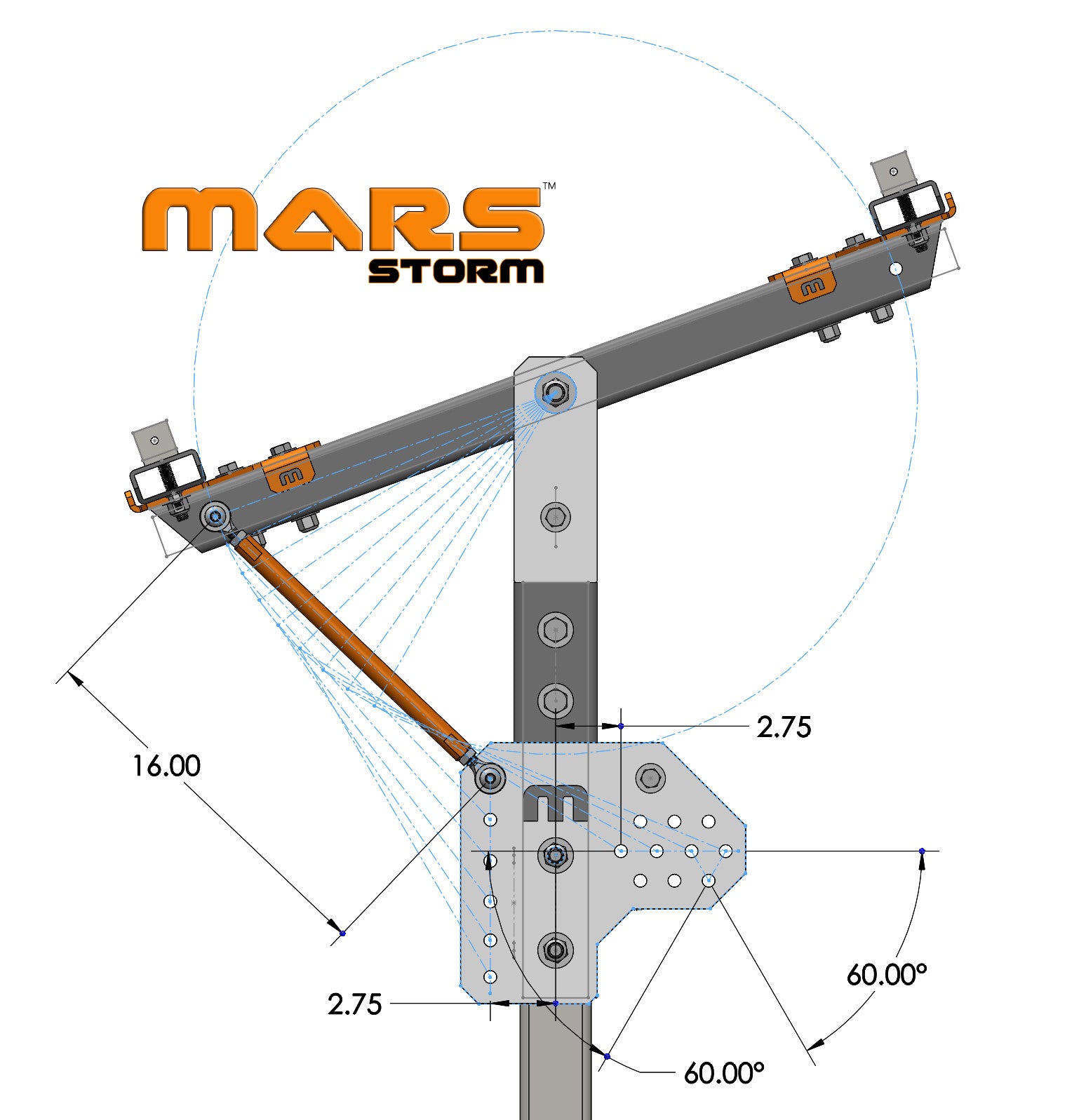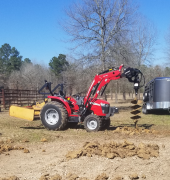We used a ground mount from :
 snapnrack.com
snapnrack.com
The piers were deep. Ours has to survive hurricanes.
We don't get the full hurricane wind inland, probably 120mph gusts here, max.
I tried to rent an auger, none available, no rental places could tell me how long.
As we have lots of fence posts to replace, I just bought an auger and the related bits.


200 Ground Mount System - SnapNrack
The piers were deep. Ours has to survive hurricanes.
We don't get the full hurricane wind inland, probably 120mph gusts here, max.
I tried to rent an auger, none available, no rental places could tell me how long.
As we have lots of fence posts to replace, I just bought an auger and the related bits.











